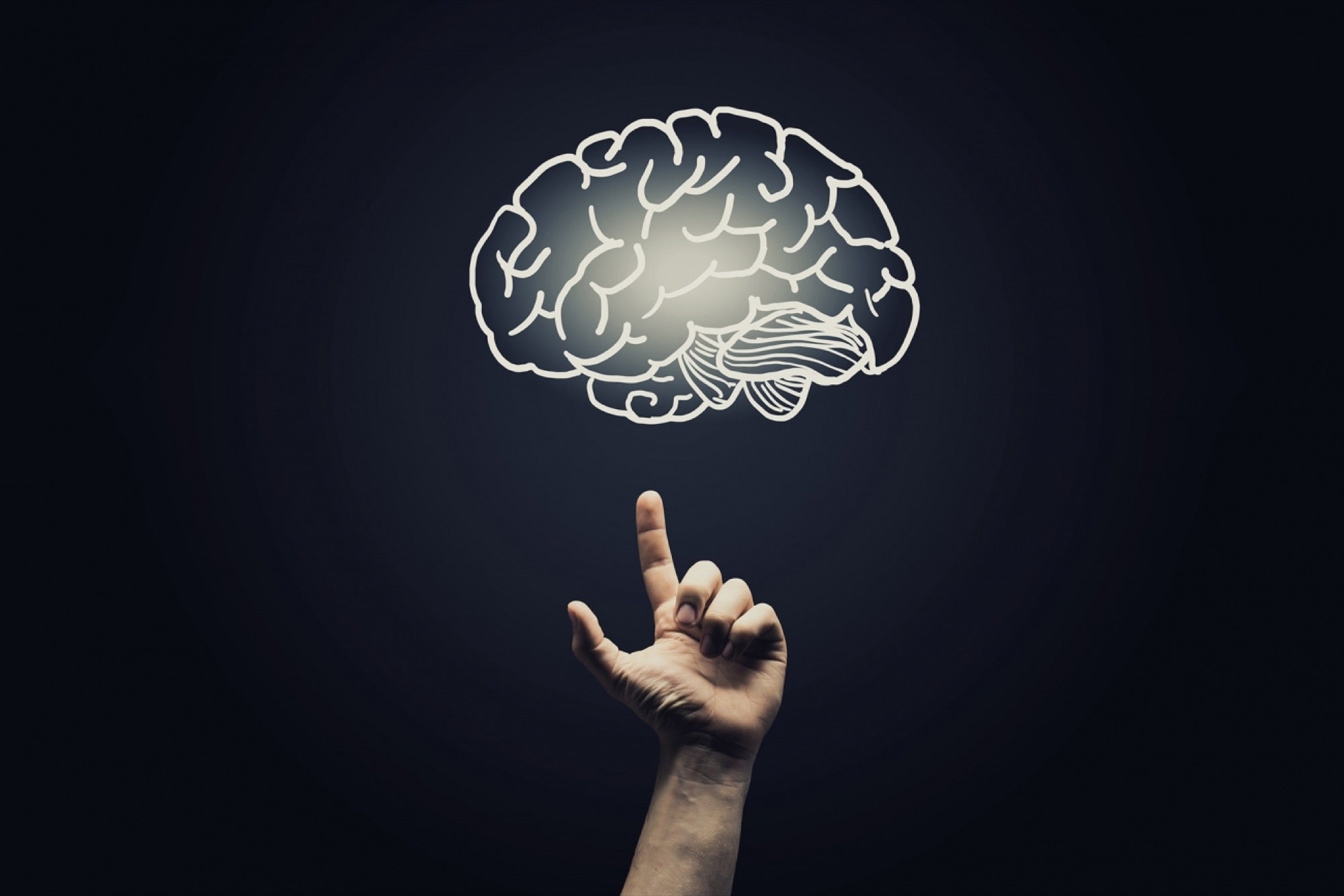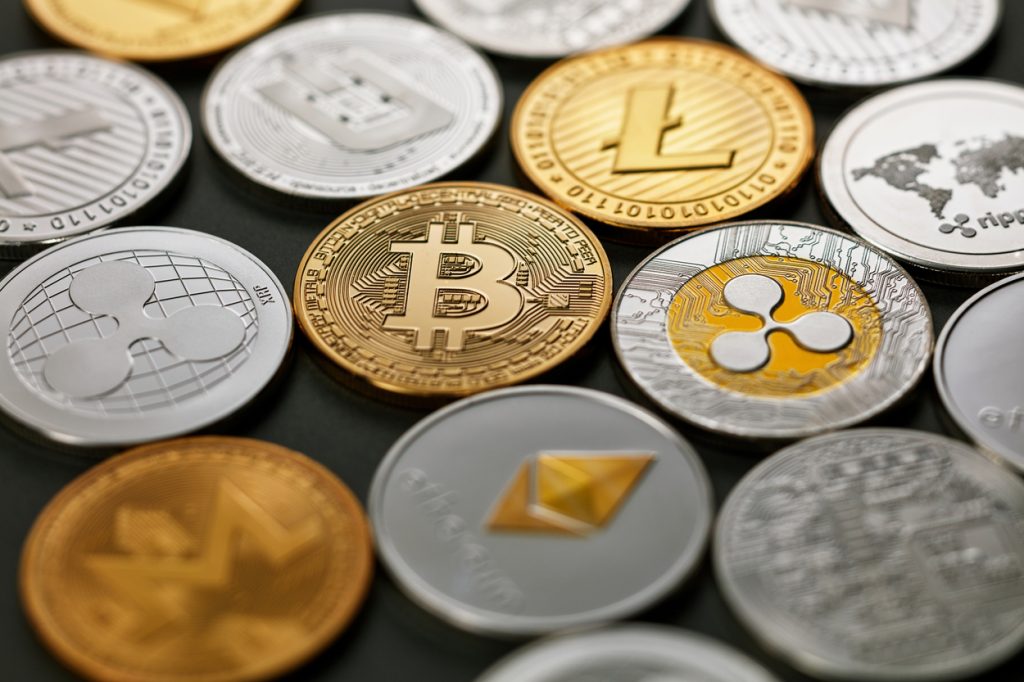Understanding Money: Its Role, Functions, and Impact on Society
Money, often described as the lifeblood of modern economies, plays a crucial role in our daily lives. It is a medium of exchange, a store of value, and a unit of account. Its presence and function influence virtually every aspect of society, from individual livelihoods to global economic systems. This article delves into the multifaceted nature of money, its functions, history, and its broader impact on society.
The Functions of Money
Money serves three primary functions in an economy:
Medium of Exchange: Money facilitates transactions by eliminating the inefficiencies of barter systems, where a double coincidence of wants is necessary. With money, individuals can sell goods or services for a universally accepted medium and use that medium to purchase what they need.
Store of Value: Money allows individuals to store wealth and save for future use. Unlike perishable goods, money retains its value over time, though it can be affected by inflation and other economic factors.
Unit of Account: Money provides a common measure for valuing goods and services. This standardization simplifies the process of comparing prices, costs, and values across different items and services.
The Evolution of Money
The concept of money has evolved significantly over millennia. Initially, societies relied on bartering, where goods and services were exchanged directly. However, bartering had limitations, such as the need for a double coincidence of wants. To address these limitations, early civilizations developed various forms of money:
Commodity Money: Early forms of money included commodities like gold, silver, cattle, and grain, which had intrinsic value. These commodities were widely accepted and could be used directly in transactions.
Metallic Money: Over time, metals such as gold and silver became the preferred forms of money due to their durability, divisibility, and portability. Coins were minted with standardized weights and values, facilitating easier trade.
Paper Money: As economies grew, carrying large quantities of metal money became impractical. Governments and banks began issuing paper money, which was initially backed by physical reserves of precious metals.
Fiat Money: In the modern era, most countries use fiat money, which has no intrinsic value and is not backed by physical commodities. Its value is derived from government regulation and trust in the issuing authority. Fiat money includes coins, banknotes, and digital currency.
The Impact of Money on Society
Money's influence extends far beyond its economic functions. It affects social structures, cultural norms, and individual behaviors.
Economic Growth and Stability: Money is a driving force behind economic growth and stability. It enables investment, savings, and efficient allocation of resources. Monetary policy, managed by central banks, plays a crucial role in controlling inflation, managing unemployment, and stabilizing economies.
Social Inequality: While money can drive prosperity, it can also exacerbate social inequalities. Access to money and financial resources often determines an individual's quality of life, educational opportunities, and social mobility. Addressing these inequalities remains a significant challenge for policymakers worldwide.
Cultural Influence: Money influences cultural norms and values. It can shape aspirations, social status, and lifestyle choices. The pursuit of wealth and material success is a central theme in many cultures, influencing how individuals define success and self-worth.
Psychological Impact: Money can have profound psychological effects on individuals. It can provide a sense of security, freedom, and control over one's life. Conversely, the lack of money can lead to stress, anxiety, and a diminished sense of well-being.
The Future of Money
The landscape of money is continually evolving, driven by technological advancements and changing economic conditions. Several trends are shaping the future of money:
Digital Currencies: Cryptocurrencies like Bitcoin and Ethereum are challenging traditional notions of money. These decentralized digital currencies offer new ways of conducting transactions and storing value, free from government control and intermediaries.
Mobile Payments: The rise of mobile payment systems, such as Apple Pay, Google Wallet, and various peer-to-peer payment apps, is transforming how people transact. These technologies offer convenience, speed, and security, making cashless transactions more prevalent.
Central Bank Digital Currencies (CBDCs): Many central banks are exploring the development of their own digital currencies. CBDCs aim to combine the benefits of digital currencies with the stability and trust of traditional fiat money.
Financial Inclusion: Efforts to improve financial inclusion are gaining momentum. Innovations in fintech are providing unbanked and underbanked populations with access to financial services, enabling greater participation in the global economy.
Money is much more than a mere tool for transactions; it is a fundamental pillar of modern society. Its functions as a medium of exchange, store of value, and unit of account are essential for economic stability and growth. However, money's influence extends into social, cultural, and psychological realms, shaping our lives in profound ways. As we move forward, the evolution of money will continue to shape the future, presenting both opportunities and challenges that will define the next era of economic development.






























0 Comments